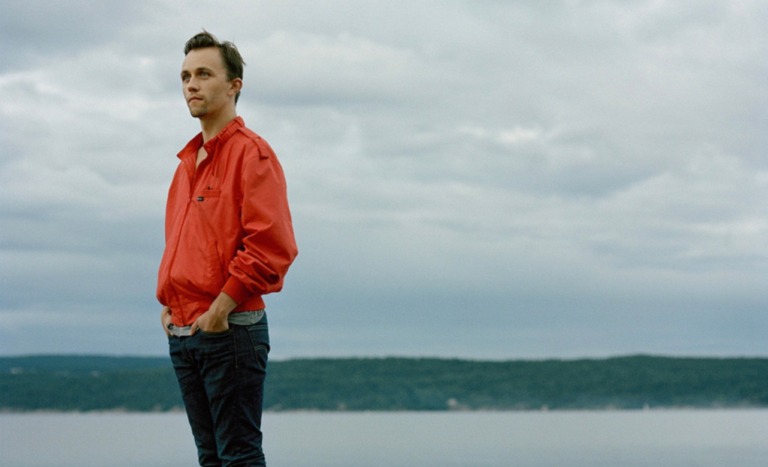Sondre Lerche is a talented Norwegian singer who burst on to the global music scene as a teenager. Here’s his story, and why his music is well worth a listen.
When I first moved to Norway, Sondre Lerche was one of the few Norwegian artists I was already familiar with. Towards the end of my university years, he came on to my radar as a baby-faced Scandinavian with the album Faces Down.

It was soon followed up by Two Way Monologue, an album I still listen to now. These early albums showcased his love of 80s pop and his ability to pen a wonderful pop song.
If you’re curious about what all this sounds like, check out the title track from that second album. It has a super cute music video, but here is a live version of Two Way Monologue:
A few decades later, Sondre Lerche has released nine studio albums and is still making music. He’s yet another of Norway’s musicians to hail from Bergen, and has a fascinating story to tell.
Sondre’s early years
Growing up near Bergen, Lerche was shaped by pop and admired bands like A-ha and the Beach Boys. From the age of eight, he learned guitar. His teacher introduced him to Brazilian genres like bossa nova, influencing Lerche's intricate melodies and chords in his later music.
By age fourteen, he wrote Locust Girl and played acoustic sets at his sister's workplace, even though he was underage. Norwegian producer H.P. Gundersen discovered and mentored Lerche, broadening his musical horizons with genres such as psychedelia, 1960s pop, and popular Brazilian tunes.
The early releases
In 2000, Lerche signed with Virgin Norway after meeting manager Tatiana Penzo in Oslo.
His debut album, “Faces Down,” released in 2001, earned him the Best New Act title at the Norwegian Grammys. After launching throughout Europe, it hit the U.S. in 2002, and was celebrated by Rolling Stone Magazine.

In 2003, Lerche released the “Don't Be Shallow EP” and twice toured with idol Elvis Costello. His diverse second album, “Two Way Monologue,” released in 2004, garnered praise from top publications like Rolling Stone and Pitchfork.
Experimentation
But then in 2007 he discovered an amplifier! He began to experiment… Phantom Punch is the fascinating result, adding a pacy urgency to the previous formula, so it's no surprise to discover it was recorded in LA.
Surprise swept over me when second track The Tape opened with more than a nod towards the Distillers' Drain the Blood. However, rather than turning into a Brody Dalle scream-a-thon it settles into a spiky pop sound, setting the tone for the album.
In the same year Sondre did a Badly Drawn Boy and composed the soundtrack to a naff film, Dan in Real Life. Naff yes, but it did give him plenty of exposure such as an appearance on Letterman and the opportunity of a duet with Regina Spektor.
Heartbeat Radio was arguably his finest work, full of new influences and a somewhat happier tone. I like music that makes me smile! Which is probably the reason I love this cover of bop-de-bop classic Mr. Bassman, produced for the Muppets' Green Album last year.
A return to Norway
After more than a decade of living on both sides of the United States, Lerche returned to his native Norway in the year 2020. The resulting double album, Avatars of Love, released in 2022, is the fascinating result.
While many other artists are focusing on short, snappy tracks suitable for the streaming era, this album meanders, with individual tracks lasting up to ten minutes.
“I never thought I could work this way,” says Sondre Lerche. “I never thought I could feel so free, so uninhibited. To be honest, I never thought I could make this album.”
Are you a fan of Sondre Lerche? Let us know what you think of his music, and of course, what your favourite track is, in the comments below.

